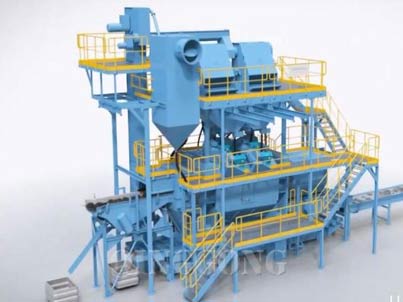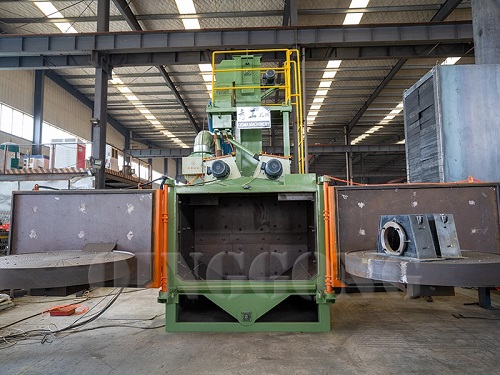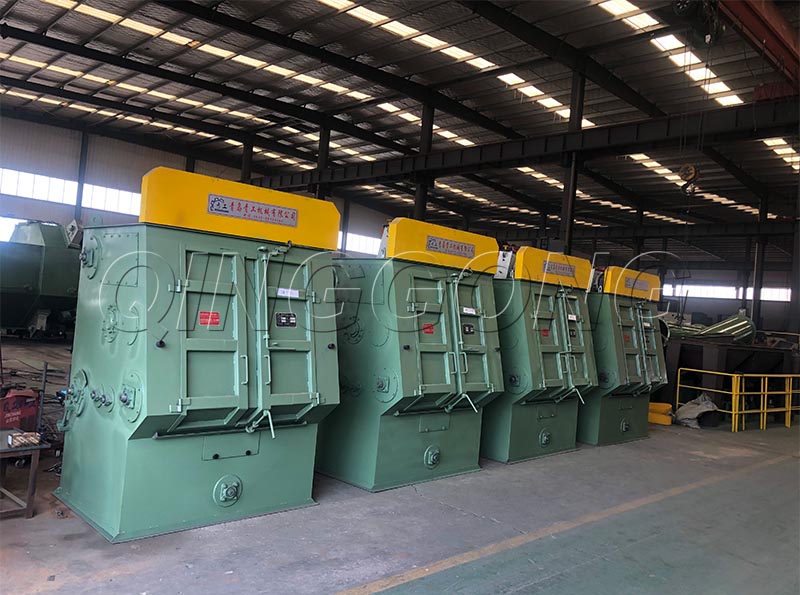Understand the sand blasting basics
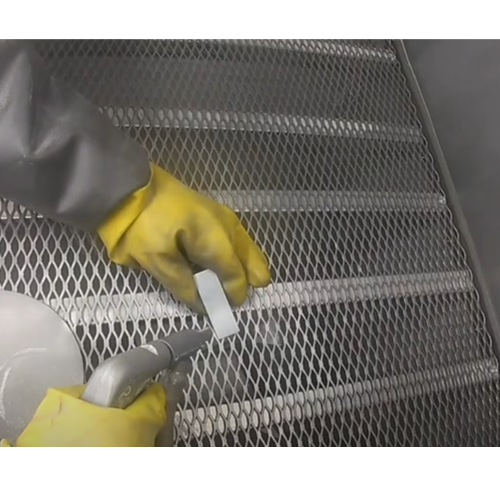
Sandblasting is a process of propelling abrasive particles or media at high speeds using compressed air or other pressurized gases to clean, roughen, or etch a surface. The abrasive particles used in sandblasting can be made from a variety of materials, including sand, glass beads, aluminum oxide, steel grit, and even walnut shells. The abrasive media is propelled at the surface using a specialized tool called a sandblaster. Sandblasting can be used for a wide range of applications, including cleaning surfaces prior to painting or coating, removing rust or other corrosion, etching designs into glass or metal, and even carving designs into stone or other hard materials. It is an effective and efficient way to prepare surfaces for various treatments and coatings. However, it can be a hazardous process, and proper safety precautions must be taken when performing sandblasting.
Select appropriate equipment for sand blasting room
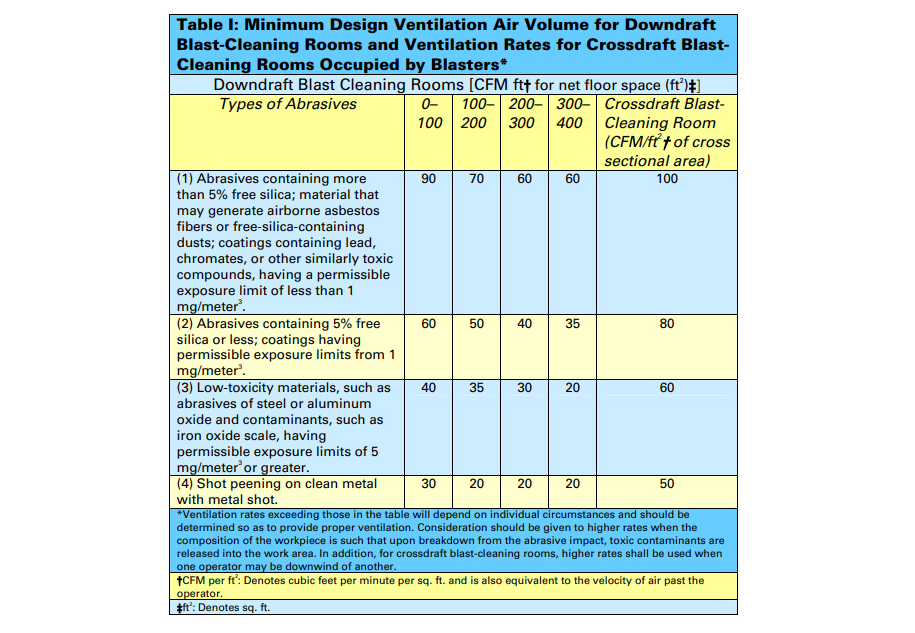
When selecting equipment for a sand blasting room, it is important to consider the following factors:
Size of the room: The size of the room will determine the size of the equipment needed to effectively blast the surface. Make sure the equipment you choose can cover the entire surface area of the room.
Type of abrasive: Different types of abrasive materials require different types of equipment. For example, if you are using a fine abrasive like glass beads, you will need a different type of equipment than if you are using a coarse abrasive like aluminum oxide.
Amount of use: The amount of use the equipment will get is also an important factor to consider. If you plan on using the equipment frequently, you will want to invest in a higher-quality, more durable machine.
Safety features: Safety should always be a top priority when using sand blasting equipment. Make sure the equipment you choose has appropriate safety features, such as a dust collection system, proper ventilation, and protective gear for the operator.
Cost: Cost is always a factor when selecting equipment. Consider your budget and choose equipment that provides the best value for your money.
Maintenance requirements: It's important to choose equipment that is easy to maintain and repair. This will help minimize downtime and ensure your equipment is always operating at peak performance.
Consider safety features of sand blasting room
Ventilation System: A proper ventilation system is essential for removing the dust and debris created during the sand blasting process. The ventilation system should be designed to capture and remove the dust generated by the blasting process.
Lighting: Adequate lighting is crucial for the safety of personnel working in the sand blasting room. Proper lighting helps to prevent accidents by allowing workers to see any potential hazards and properly inspect their work.
Personal Protective Equipment (PPE): PPE such as goggles, respirators, gloves, and protective clothing are important to protect workers from exposure to harmful dust and debris during the sand blasting process.
Blast-resistant Construction: The walls, ceiling, and floor of the sand blasting room should be constructed with materials that can withstand the force of the sand blasting process. This helps to prevent accidents caused by flying debris or ricocheting particles.
Noise Reduction: Sand blasting produces loud noise, which can cause hearing damage to workers. Proper noise reduction measures should be in place to protect workers' hearing.
Emergency Stop Button: An emergency stop button should be installed in the sandblasting room to allow workers to quickly shut down the blasting process in case of an emergency.
Warning Signs: Clear and visible warning signs should be placed around the sand blasting room to inform workers and visitors of potential hazards and safety precautions.
Here are recommended respiratory protection for workers exposed to respirable crystalline silica:
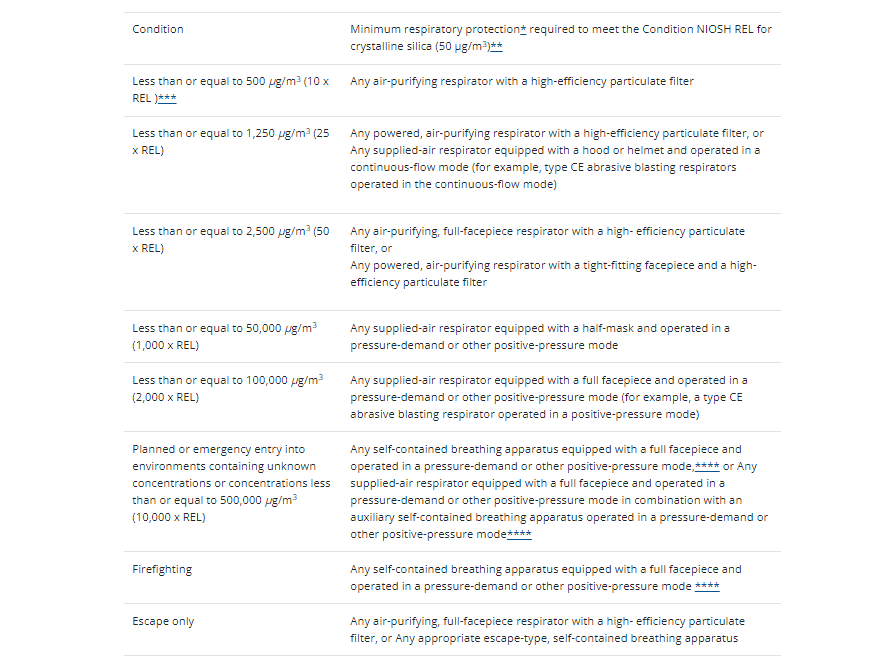
Avoid poor performance of sand blasting room
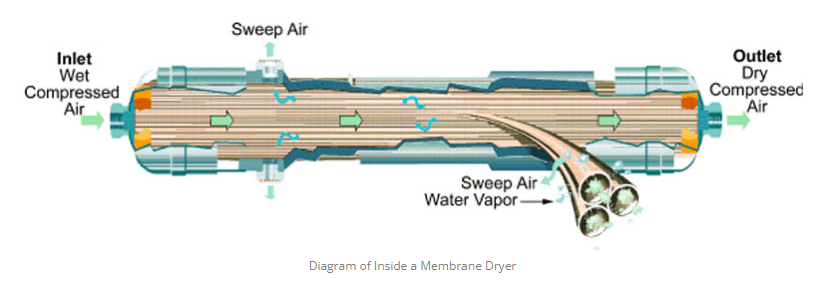
Sand blasting rooms require regular maintenance to prevent poor performance. Here are some tips to help prevent poor performance of your sand blasting room:
Proper ventilation: Ensure that your sand blasting room is adequately ventilated to prevent dust and debris from accumulating in the room. This will also ensure that the air quality in the room remains safe for the workers.
Regular cleaning: Regularly clean the sand blasting room to prevent the build-up of dust and debris. This will prevent clogging of the sand blasting equipment and also prevent the dust from becoming airborne.
Proper equipment maintenance: Regularly maintain and inspect the sand blasting equipment to ensure that it is in good working condition. Replace worn out parts and keep the equipment clean.
Use quality abrasive material: Use high-quality abrasive material that is suitable for the job. Using low-quality abrasive material can cause poor performance of the sand blasting equipment.
Proper training: Ensure that the operators of the sand blasting room are properly trained to operate the equipment and are aware of the safety measures needed to prevent poor performance of the sand blasting room.
Monitoring: Regularly monitor the performance of the sand blasting room to identify any issues that may lead to poor performance. Make the necessary adjustments and repairs to maintain optimal performance.
By following these tips, you can prevent poor performance of your sand blasting room and ensure that it operates safely and effectively.
Properly maintain your sand blasting room
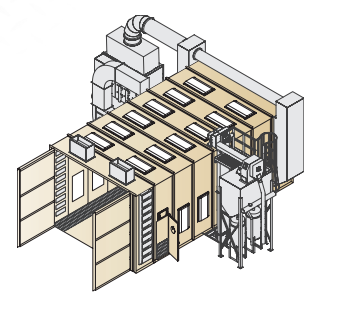
Maintaining a sandblasting room is essential to ensure efficient operation, worker safety, and environmental compliance. Here are some steps you can take to properly maintain your sandblasting room:
Clean and Inspect Equipment Regularly: Regular cleaning and inspection of sandblasting equipment can help prevent breakdowns and malfunctions. Check hoses, nozzles, and air filters for wear and damage, and replace them as needed. Make sure the blasting cabinet is clean and free of debris and dust.
Use Proper Safety Equipment: Sandblasting can produce hazardous dust and debris, so it is essential to use proper safety equipment, including respirators, gloves, and eye protection. Make sure all workers are trained in the proper use and maintenance of safety equipment.
Manage Abrasive Material: Properly storing and handling abrasive material is critical for worker safety and equipment performance. Keep abrasive material in a dry, well-ventilated area, and make sure it is not contaminated with other materials. Use a dust collection system to remove abrasive material from the work area.
Control Dust: Sandblasting can produce a significant amount of dust, which can be hazardous to workers and the environment. Use a dust collection system to control dust and maintain good indoor air quality. Regularly clean the work area to prevent dust buildup.
Properly Dispose of Waste: Dispose of abrasive material, debris, and other waste in accordance with local and federal regulations. Do not dispose of waste in the regular trash or pour it down the drain.
Train Workers: Make sure all workers are properly trained in sandblasting safety and shot blasting machine maintenance. Provide ongoing training to keep workers up-to-date on best practices and safety procedures.
By following these steps, you can properly maintain your sandblasting room and ensure safe and efficient operation.
 EN
EN
 fr
fr  de
de  es
es  it
it  ru
ru  pt
pt  ar
ar  th
th  pl
pl  ro
ro 
